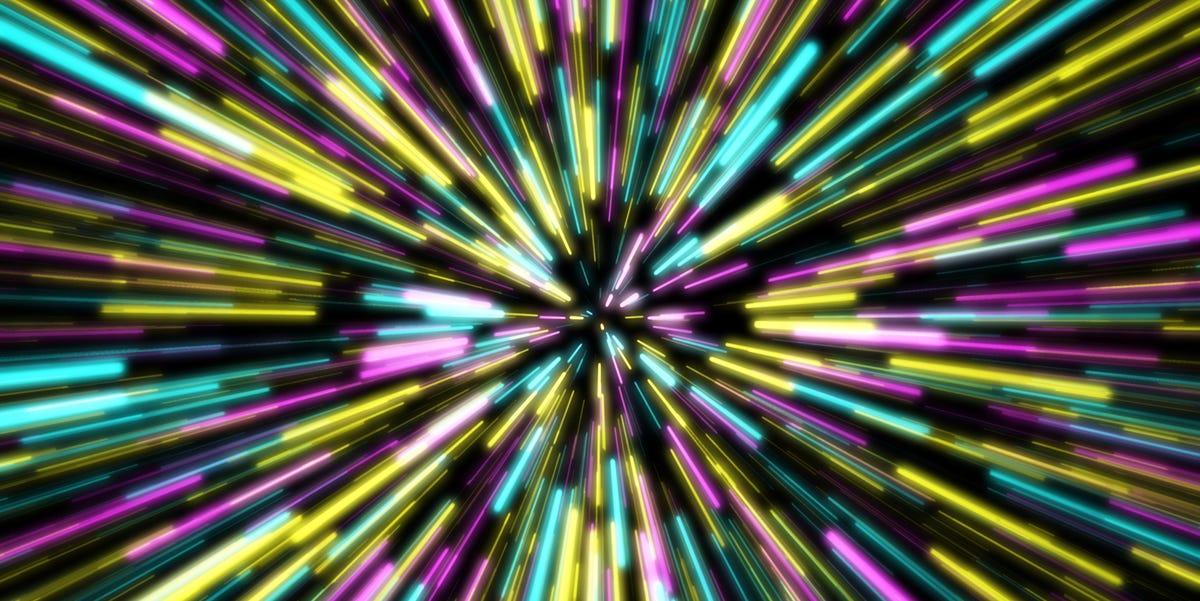Madrid, 19 years old (European Press)
There are physical limits to the resolution with which we can examine an object using lenses. This is known as the diffraction limit and is determined by the fact that light appears as a wave. This means that the focused image cannot be smaller than half the wavelength of light used to observe an object.
All attempts to break this limit with “super lenses” have hit the barrier of severe vision loss, causing the lenses to become opaque. Now, the Sydney team has been able to exceed the diffraction limit by a factor of almost four times. Publish the results in Nature Communications.
“We have now developed a practical way to implement superlensing, without a superlens,” lead author of the research, Dr. Alessandro Toñez from the University of Sydney’s School of Physics and Nanoscale Institute, said in a statement. “To do this, we positioned our optical probe farther away from the object and collected both high-resolution and low-resolution information.” “By measuring far away, the probe does not interfere with the high-resolution data, which is a feature of previous methods.”
Previous attempts have attempted to create superlenses using new materials. However, most materials absorb too much light for a superlens to be useful.
“We overcame this by performing hyperlensing as a post-processing step in the computer, after the measurement itself,” Dr. Tönnies said. “This produces a ‘true’ image of the object by selectively amplifying evanescent light waves.” .
“Our method could be applied to determine moisture content in leaves with higher precision, or be useful in advanced microfabrication techniques, such as non-destructive manufacturing,” said co-author Professor Boris Kuhlme, also from the School of Physics and Sydney Nano. Evaluation of the integrity of the microchip. “This method can be used to reveal hidden layers in works of art, and may be useful in detecting forgeries or hidden works of art.”
Typically, superlens attempts have focused closely on high-resolution information. This is because this useful data decays dramatically with distance and is quickly overtaken by lower-resolution data, which does not decay as quickly. However, bringing the probe closer to an object distorts the image.
“By moving our probe further away, we can preserve the integrity of the high-resolution information and use post-observation technology to filter out the low-resolution data,” Associate Professor Kolme said.
The research was conducted using terahertz light at millimeter wavelength, in the region of the spectrum between visible and microwave.
Associate Professor Kuhlme said: “It is very difficult to work with this frequency range, but it is very interesting, because in this range we can obtain important information about biological samples, such as protein structure, hydration dynamics or for use in cancer imaging.”
“This technology is a first step towards allowing high-resolution images to be taken while remaining at a safe distance from the object without distorting what is seen,” said Dr. Tönnies. “Our technology can be used in other frequency bands. We hope that anyone performing high-resolution imaging with an optical microscope will be able to “You will find this technique interesting.”

:quality(70)/cloudfront-us-east-1.images.arcpublishing.com/metroworldnews/5CW7E26KRRCQVNDGAYLPPGGUMI.jpg)



